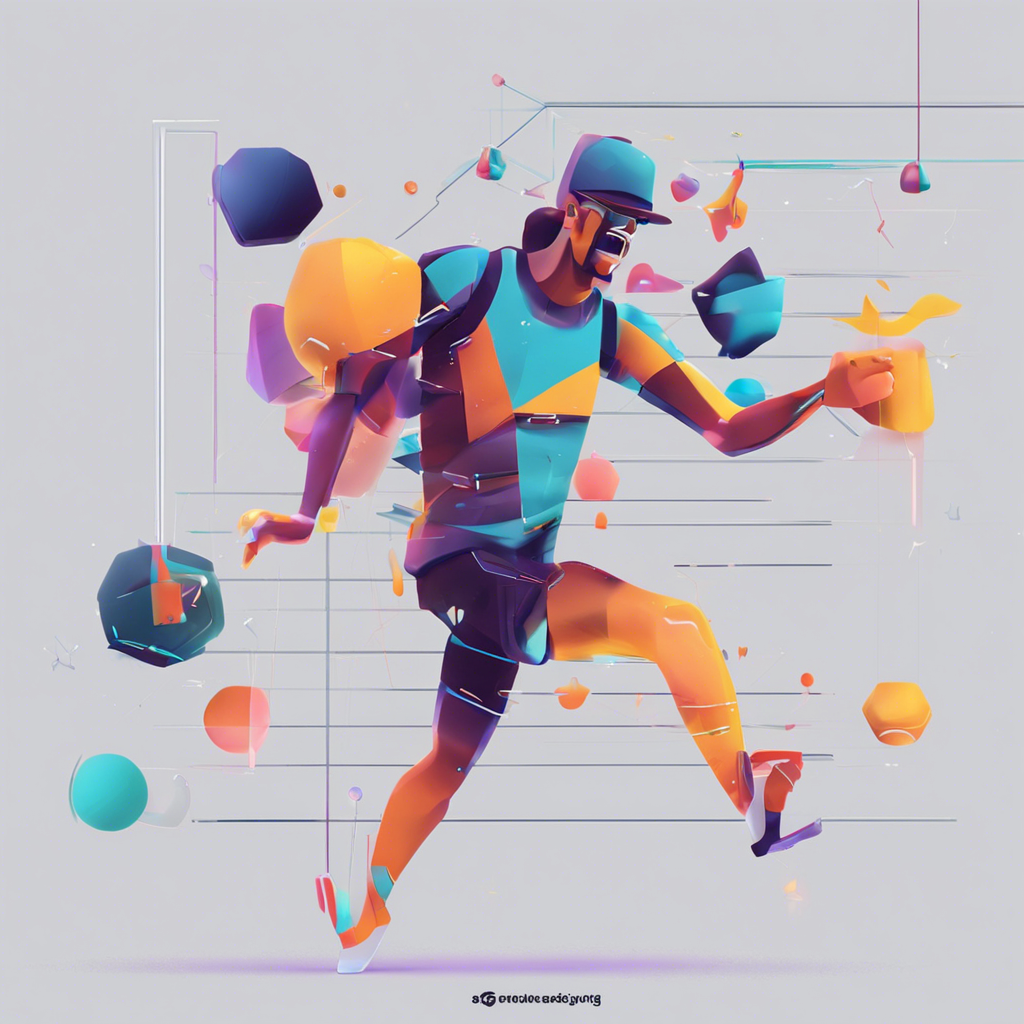What is motion design vs animation?
Motion Graphics vs. Animation: What’s the Difference?
If you want to get into producing animated videos for your business, you’ve probably asked yourself: What is the difference between animation and motion graphics? Let’s explore the nuances of these related fields.
Motion Graphics: Adding Movement to Graphic Design
Motion graphics are a type of animation. They take static graphic design elements and give them animation and movement. Unlike other types of animation, motion graphics usually don’t follow a specific narrative. Instead, they focus on visually enhancing design elements.
Here are some key points about motion graphics:
- Visual Flair: Motion graphics can add extra visual flair to otherwise static elements. For example, you can make bars in a graph rise up or make a website logo spin around using motion graphics.
- No Concrete Storytelling: Unlike traditional animation, motion graphics don’t necessarily tell a story. They’re more about creating engaging visuals without a linear plot.
- Illustrating Complex Ideas: Motion graphics can illustrate complex concepts that are hard to explain with words or still images. A few seconds of motion graphics can clarify ideas instantly.
- Wide Appeal: The visual style of motion graphics appeals to a broad audience. It can be cute and fun while still suitable for formal business contexts.
Animation: Bringing Imagery to Life
Animation is the broader umbrella term that motion graphics fall under. It has a rich history dating back over 100 years. Animation involves creating a sequence of images that create the illusion of movement. Here are some key points about animation:
- Primary Focus on Movement: In animation, movement is the primary focus. Whether it’s traditional hand-drawn animation or computer-generated animation, the goal is to bring static images to life.
- Storytelling and Cinematic Effects: Animation often focuses on storytelling and cinematic effects. From classic cartoons to modern 3D animations, the narrative aspect is central.
- Various Forms: Animation encompasses a wide range of styles, including traditional 2D animation, stop-motion, claymation, and computer-generated imagery (CGI).
- Diverse Applications: Animators create everything from feature films and TV shows to advertisements, educational content, and video games.
In summary, motion graphics emphasize visual enhancement and movement within graphic design, while animation encompasses a broader spectrum of moving imagery, including storytelling and various artistic techniques. Both fields contribute to the dynamic world of visual communication and entertainment.
Discover more from EMD
Subscribe to get the latest posts to your email.
